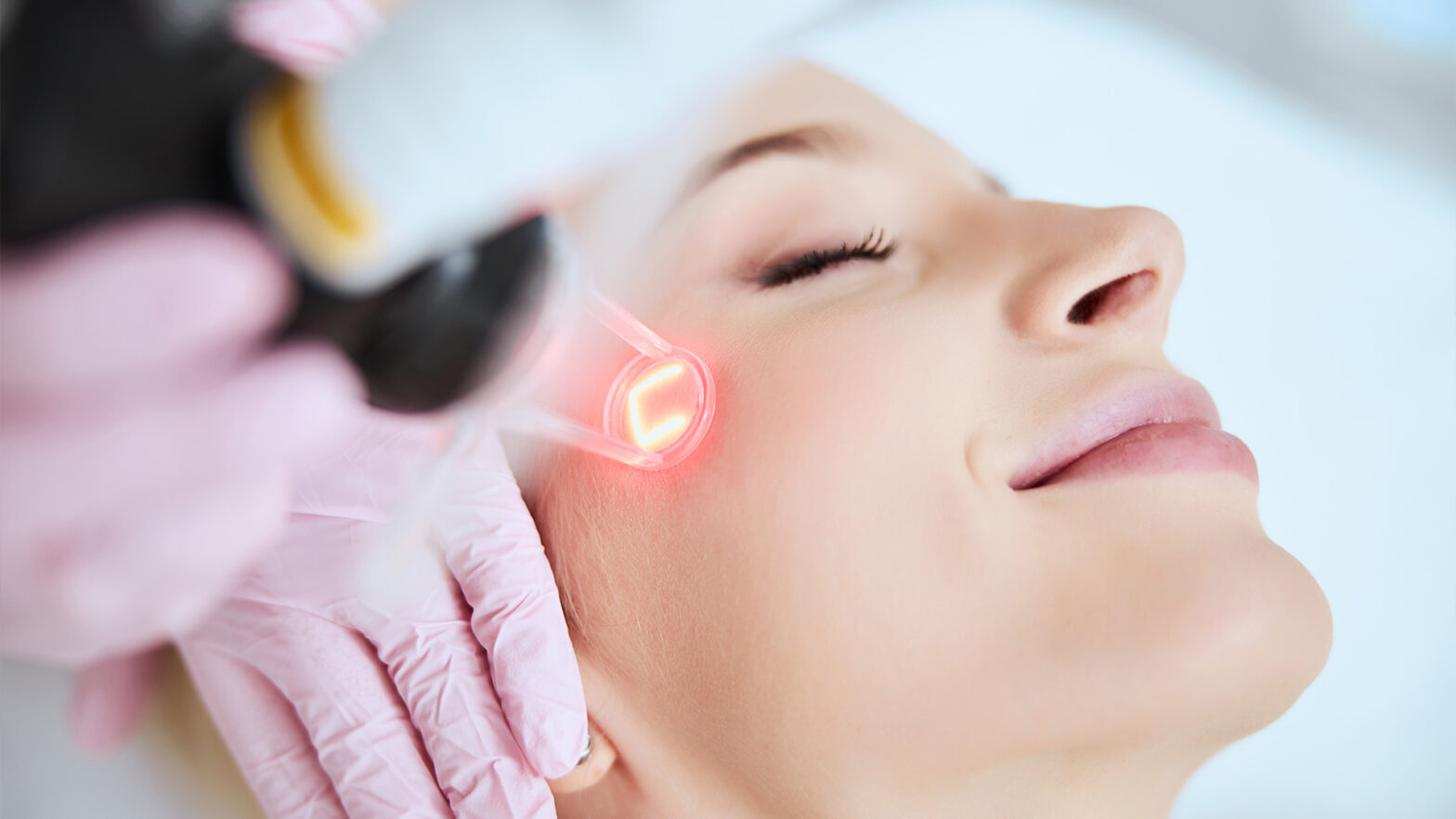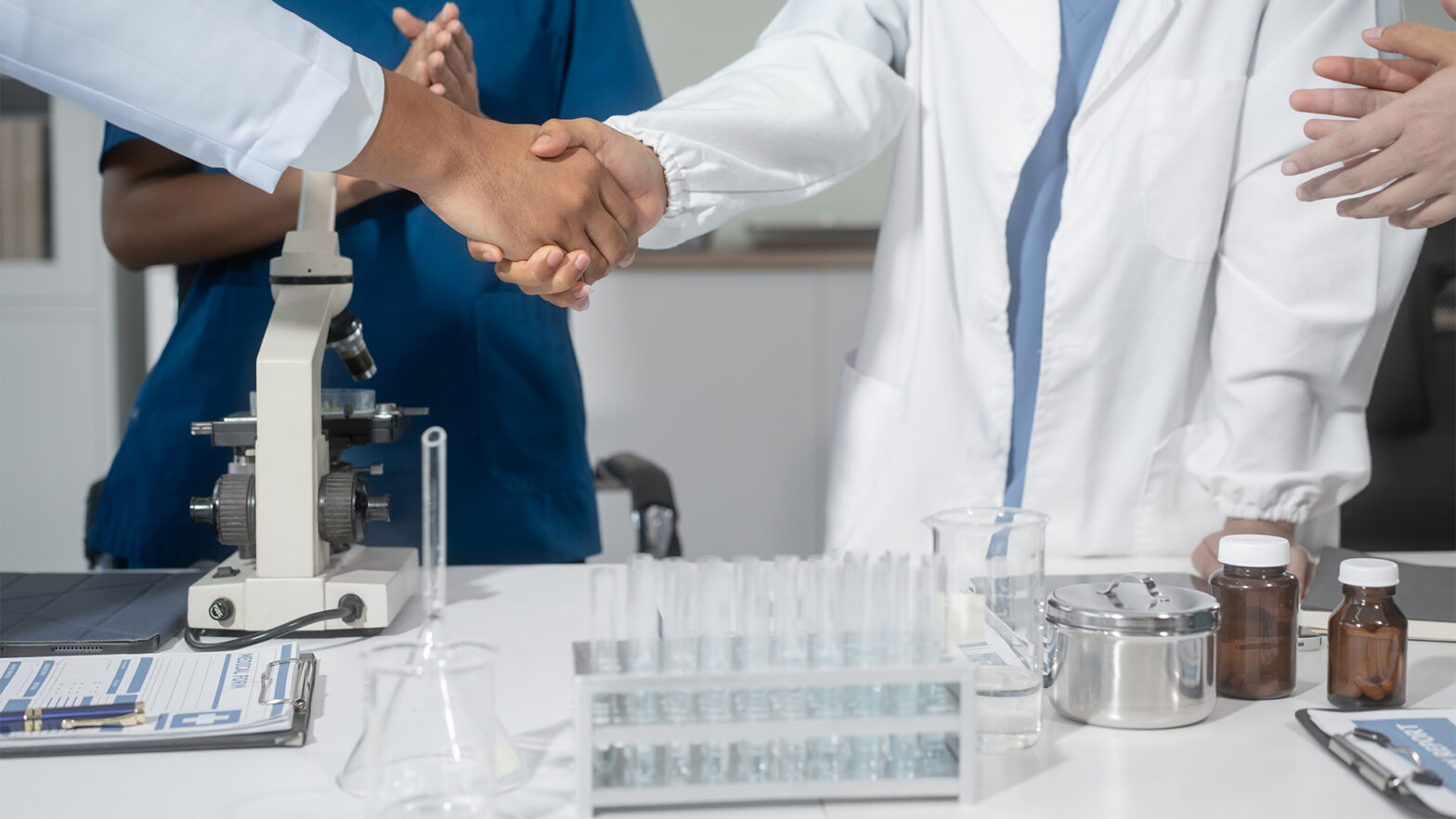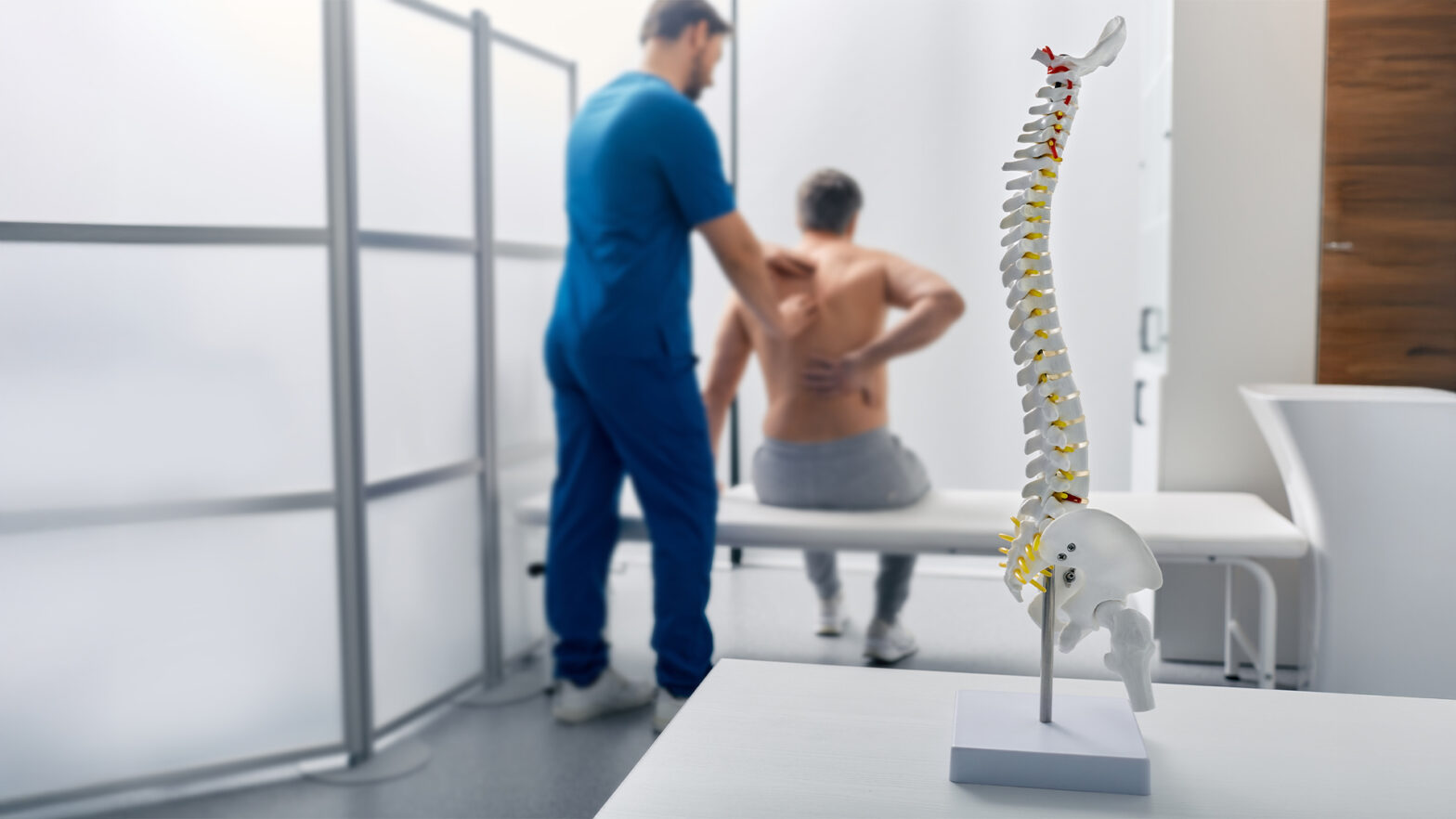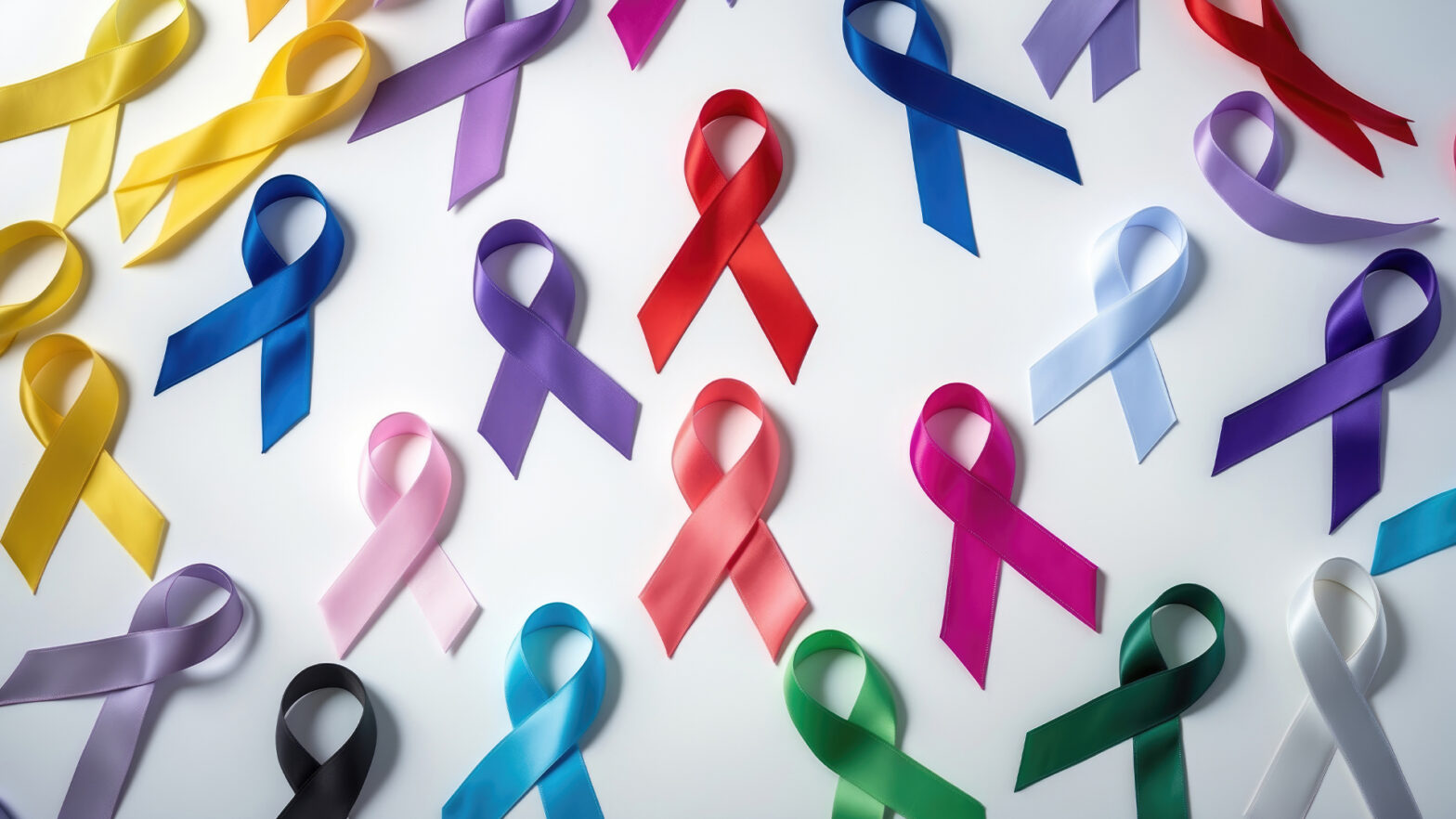
The unique defence against infection that human milk provides to the developing gut and immune system cannot be mimicked by even the most sophisticated manufacturing techniques. This protection is not the result of individual factors, but of the interactions between each individual mother and baby, say senior researchers presenting at the 14th International Breastfeeding and Lactation Symposium (4-5 April, London).
Not only does breast milk vary from mother to mother and feed to feed, depending on developmental and environmental factors, but the different components – many of which are still being uncovered – work together to create a truly symbiotic relationship.
Highlights from the symposium include:
‘ A call to action for allergy researchers to turn their focus to the importance of multiple immune markers, rather than single ones and/or small groups. ‘In reality, breastmilk is full of different components which have synergistic and/or antagonistic effects to each other. Dozens of cytokines, as well as the microbiome, fatty acids and the oligosaccharides, are all involved,’ says Assoc. Prof Daniel Munblit of Sechenov University, Moscow, Russia. ‘It is these intricate interactions, which we are getting closer to uncovering, that play a part in breastmilk’s ability to protect an infant against allergies.’ Dr Munblit and his colleagues are now embarking on a systematic review of all research that has been conducted into the immunological components of breast milk and are confident they are nearing some findings which may significantly assist future research in the field.
‘ A discussion around potential strategies for modifying mothers’ diets during the lactation period, which could permanently improve babies’ gut health. ‘Each mother’s unique microbiota shapes the milk she passes on to her infant, and each feed is a personalised microbial inheritance,’ says Dr Mar’a Carmen Collado of the Institute of Agrochemistry and Food Technology-Spanish National Research Council, Spain. ‘ Human milk is unique and exclusive to each infant, and the protection it affords is truly unsurpassed. The maternal microbiota plays a crucial role here ‘ we are still uncovering the precise mechanisms by which this happens, but we know that diet is one of the factors that influence the maternal microbiota as well as a whole host of other bioactive compounds. This is one area where we can potentially intervene (unlike other factors like mode of delivery, or geographical location) and in doing so upgrade this unique protection even further.’
‘ A sneak preview of the cutting-edge technology being used to research necrotising enterocolitis and late onset sepsis. Cited as a model ‘unique in the UK’, Dr Janet Berrington, Consultant in Neonatal Paediatrics and Honorary Senior Clinical Lecturer at Newcastle University, and her colleagues have developed an entire biobank salvaged from of all the ‘by-product’ of preterm infants (including stool, urine and residual breastmilk samples). They have also been able to develop a ‘mini-gut’ from preterm gut stem cells, which offers unique insights into the way in which the infant gut develops and is allowing new research angles into gut health and disease. ‘For the first time we now have a real model of very early gestation human gut tissue that can be used in our research, and which will hopefully allow a better understanding of the drivers of gut health and disease in preterm infants,’ says Dr Berrington.
Munblit, Collado and Berrington demonstrate the unique properties of human milk; not simply in the difference from formula, but in the differences between each mother/infant pair. No one feed is the same, breastmilk is made in response to babies developing needs and the interactions that follow are playing a vital role in protecting the growing infant. It is phenomenal just how clever human milk is and we are just on the cusp of uncovering its full potential.
The three speakers will present their latest findings, but across the board conclude the need and opportunity to explore these complex interactions between the different immunological components of breast milk even further.



















